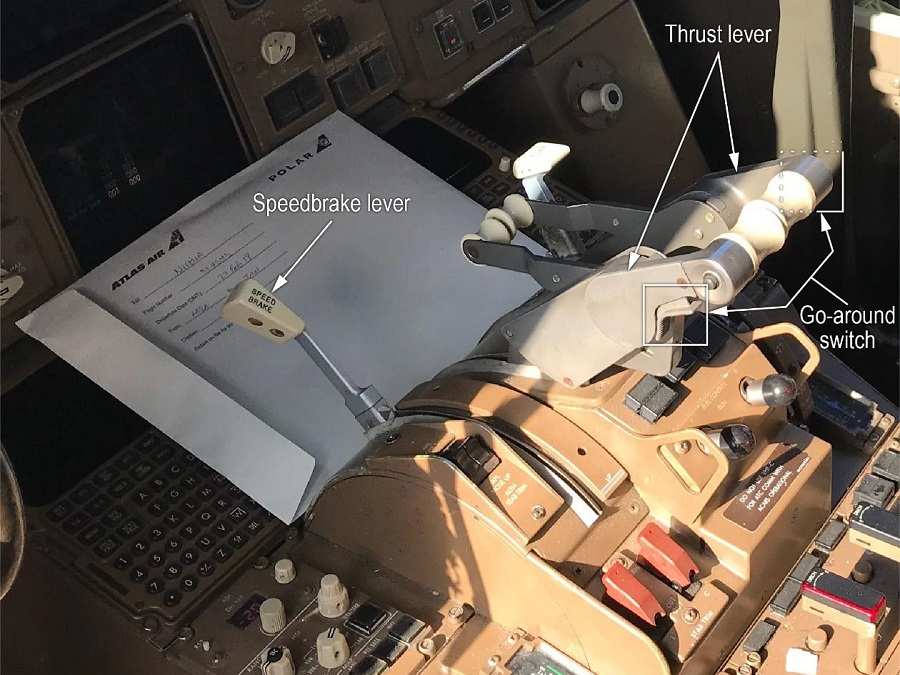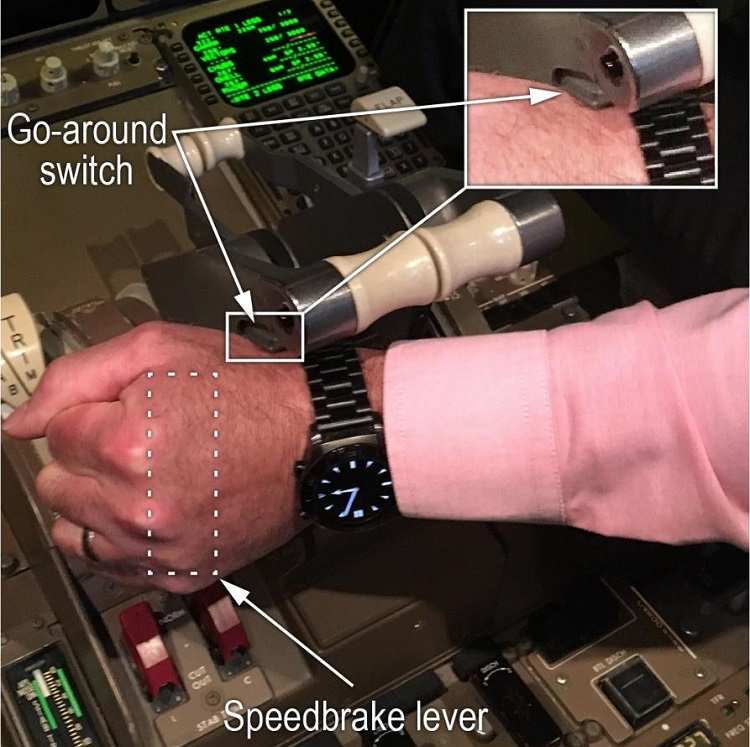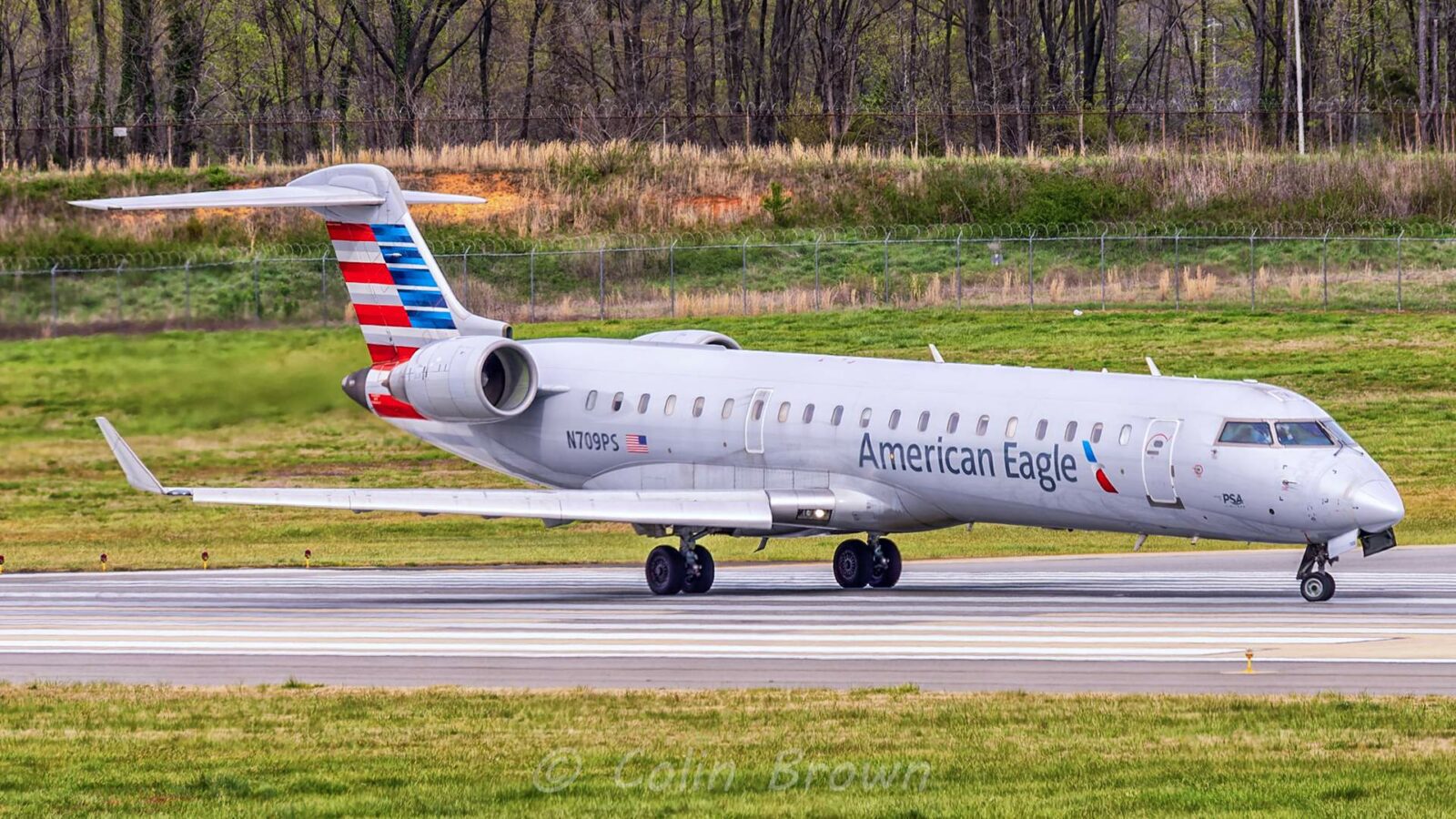Following a 767 crash in 2019, the FAA released a safety alert to highlight a potential 757/767 cockpit layout issue to all operators.
The FAA (Federal Aviation Administration) released this document, following the Atlas Air Flight 3591 crash. It happened in February 2019. The aircraft was on approach to Houston Airport (KIAH) in Texas. The NTSB released its report on the crash in July last year. And it showed that the Pilot-Flying (PF) misinterpreted an inadvertent Go-Around activation as a nose-up attitude. The dive that followed killed both pilots and a third, non-revenue pilot.
On the 20th of October, the FAA released a Safety Alert for Operators (SAFO), with regards to the 757/767 cockpit. The 757 and 767 share the same cockpit design and have a common type rating. The document provides more background on the inadvertent Go-Around mode activation, and related crew actions and procedures.
FAA Alerts 757/767 Operators
The First Officer was Pilot Flying. And on this occasion, the crew were descending with the speedbrakes/spoilers extended. In such a situation, the FAA explains that the Boeing 757/767 Flight Crew Training Manual (FCTM) recommends that the PF places a hand on the speedbrake lever. This is to ensure that pilots don’t forget the lever in the extended position. And this, in turn, is a lesson learned from an older crash, when pilots made such an error.

The Atlas Air standard operating procedures also called for its pilots to use this procedure. So the NTSB investigated how pilots might inadvertently hit the TOGA (Take-Off Go-Around) switch, while the speedbrake lever. There are two TOGA switches on the throttle levers. The FAA states that during light turbulence, the First Officer’s wrist could hit the left TOGA switch, in a 757/767.
The agency acknowledges that according to available data, this is a rare event. This is because pilots generally don’t reach for the lever from under the throttles. The FAA did not recommend that 757/767 change any specific procedures and practices, with relation to this issue. However, it highlights that pilots, operators and training providers should know the factors and circumstances of this tragic accident.

“A Rare And Typically Benign Event”
Additionally, it’s important to note that the FAA 757/767 safety report does not alter the conclusions of the NTSB investigation. The NTSB determined that the probable cause of this accident was the inappropriate actions of the first officer. And they followed this with a number of contributing factors. But these centred around hiring processes and a lack of ways for airlines to share pilot training information.

However, the inadvertent hitting of the TOGA switch was the triggering event in this accident. And what makes it unusual is that it is essentially a matter of ergonomics. However, the FAA and other regulators first approved the 757/767 cockpit design in the early 1980s. And it is rare for an ergonomics issue to become apparent nearly 40 years after its introduction.
But this illustrates the event’s own rarity, plus the fact that it wasn’t the cause of the crash. The NTSB calls it “a rare and typically benign event”. But as a technical matter, it is something that got special attention from authorities and airlines. Such events often influence the design of future aircraft, as well.





4 comments
gabriel curbelo
CREO QUE EL EXCESO DE AUTOMATIZACIÓN NOS ESTÁ MATANDO , ANTES UNA “IDA AL AIRE” NO IMPLICABA NINGUNA MANIOBRA EXTRA , SE AVISABA A LA TORRE , SE INCREMENTABA LA POTENCIA , FLAPS Y TREN A DISCRECIÓN Y NO SE MATABA NADIE . SE VOLVÍA A INTENTAR EL ATERRIZAJE O SE PEDÍA AEROPUERTO ALTERNATIVO. HOY SE MATAN COMO MOSCAS DEBIDO A LA CANTIDAD DE VERICUETOS INÚTILES QUE SE HAN INCORPORADO AL COCKPIT.
Andrew Steitz
BTW, my son is currently in flight school and if he has the same problems this FO did I would prefer that he NOT be passed and have to find another career.
Andrew Steitz
I remember when this happened. Although the TOGA switch initiated the chain of events it would be nice if you also included the fact that this FO had repeatedly had problems on his check flights with the skills needed to recognize and recover from this situation but was passed anyway. Ultimately the instructors that passed him had the most culpability. The fact that sharing info on pilots between airlines is haphazard at best also did not help.
Spyros Georgilidakis
I didn’t want to take focus away from the technical issue presented here, but yes of course you are correct. I did write that this technical issue was NOT the cause of the crash, because the FO’s actions were. I wrote about hiring processes and data sharing being a factor, higher in priority (according to the NTSB) than anything to do with the position of a TOGA switch/button.
Good luck to your son!